Establishing your brand design is not an easy thing. You don’t invest your time, energy and resources for months getting it just perfect, sometimes even struggling on your own, just to realize that someone else has copied almost the whole thing for their business. This can easily happen if you’ve forgotten to protect your brand design. Or maybe you have protected it but didn’t give too much thought during the process. And now you’re inside a real-life horror story - your business is being sued for trademark infringement. And legal expenses are the least of your worries - this means you’re gonna have to rebrand your business from scratch. And just the thought of changing domain names, redoing marketing materials, and other nightmarish tasks is enough to make you quit altogether.
This can all be avoided if you protect your brand design and if you do it right. So what precisely do you need to protect? The very thing that distinguishes your business from others - your logo. In other words, you need to protect your corporate identity.
The Power of Logo
Many people are wondering should they really worry about protecting their logo. Well if you have big plans for your company - yes. Protecting your logo means securing the uniqueness of your brand. In the whole marketing arsenal of every business, the logo is the most powerful weapon. It not only describes what exactly your company does, but it’s also a representation of everything your brand stands for. It is a flag that rallies up your partners and customers and the face of your brand. In short, it is what distinguishes you from the competition and that’s something worth protecting.
The importance of protecting your logo is perfectly represented in the Coca-Cola story. There’s no argument that they’re one of the most visible brands in the world and that this mega-successful company can survive almost anything. They would be able to recoup and rebuild even if half of their manufacturing plants have suddenly gone up in flames. And why is that? Why no cash drain, no matter how severe, wouldn’t be able to stop them? Because there’s probably no bank that wouldn’t be willing to issue out loans based on their company’s identity. But they’d never be able to recover from the loss of their brand. Without a trademark brand, they would become just a drop in the sea of soft drink companies. Enormous annual revenue is a powerful thing, but the brand is an intangible asset that’s worth a lot more.
Why Trademark?
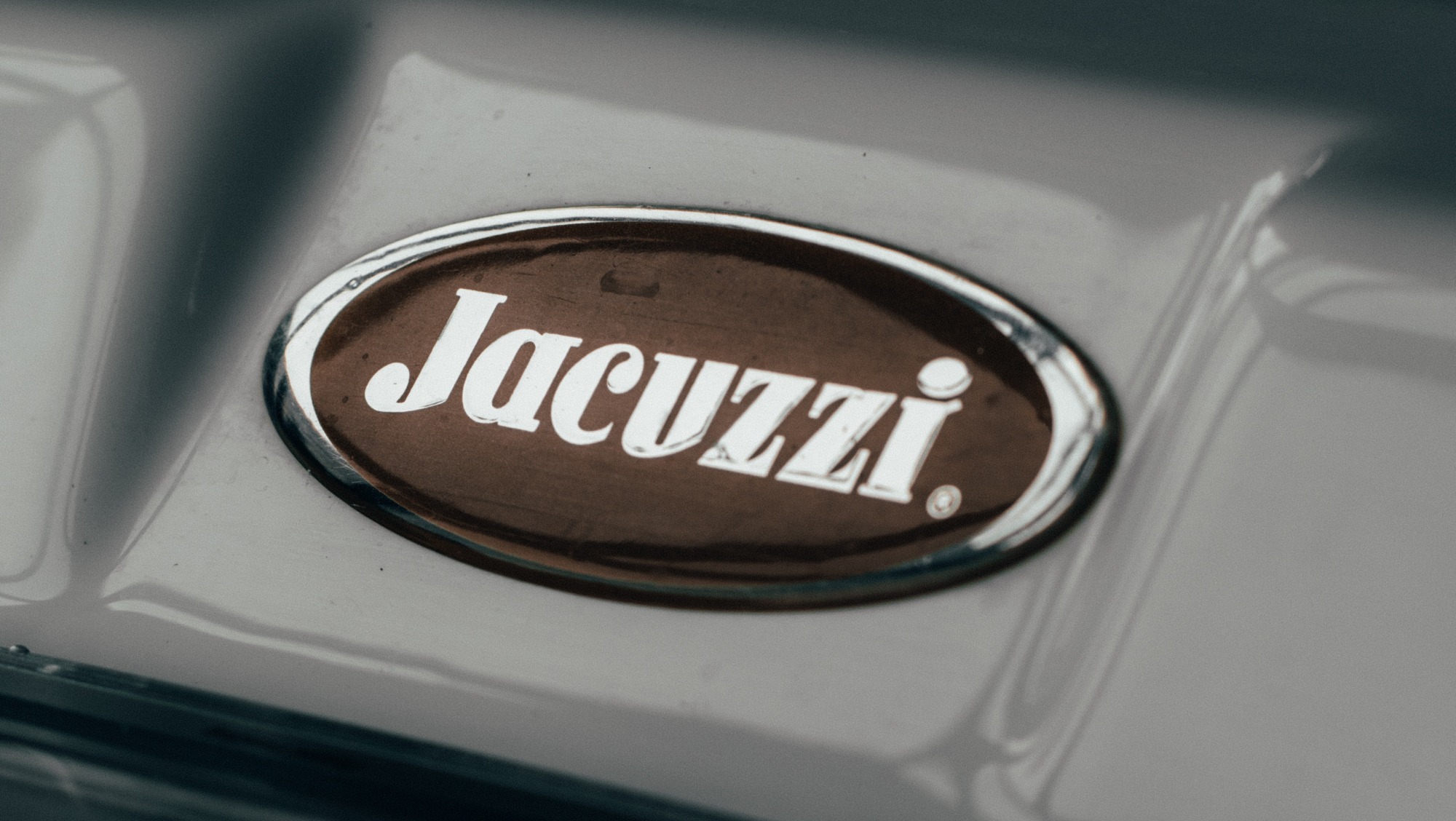 Okay, but why do you need the trademark? Isn’t the copyright a much easier solution since it arises automatically and doesn’t need to be registered? This may seem so, but there’s a catch - you may need the proof of ownership and copying if you wish to stop someone from using the similar or completely identical logo for their business. In this case, proving that they’ve copied your logo is highly complicated - they may say they’ve come up with it independently without copying yours or even accuse you of copying theirs. And that leads to an expensive dispute where evidence is needed to establish the true creator. Eventually, a judge would need to decide based on the collected evidence. Even if you live in a country where you can register your logo as copyright in order to establish proof there’s no guarantee that it would be sufficient to resolve a dispute speedily.
Okay, but why do you need the trademark? Isn’t the copyright a much easier solution since it arises automatically and doesn’t need to be registered? This may seem so, but there’s a catch - you may need the proof of ownership and copying if you wish to stop someone from using the similar or completely identical logo for their business. In this case, proving that they’ve copied your logo is highly complicated - they may say they’ve come up with it independently without copying yours or even accuse you of copying theirs. And that leads to an expensive dispute where evidence is needed to establish the true creator. Eventually, a judge would need to decide based on the collected evidence. Even if you live in a country where you can register your logo as copyright in order to establish proof there’s no guarantee that it would be sufficient to resolve a dispute speedily.
You can register your logo as a design so that the registration certificate will act as proof of your rights and back up your copyright protection. If the other party can’t prove that they’ve come up with a similar design before you’ve made the registration, the dispute is over. But, as you can see, that’s so many steps and could lead to a major loss of time. That’s why the trademark is the best way to go - registering your logo as a trademark is the only way to secure exclusive ownership of your unique brand signs and make your protection impenetrable by competitors.
How to Do It
The first thing is to rethink your logo concept. No matter if you’re using words, images, symbol, shape, or a combination - it needs to be distinct. If you’ve just picked some word that’s connected to your products and services there's a big chance that it won’t go through as a trademark. In order to make sure your logo will get the trademark approval, it doesn’t only need to be in compliance with the United States Patent and Trademark Office (USPTO) - it also needs to be unique enough.
But you’ve seen all those archetypical or generic symbols that institutions and companies use to present their brands - all those paws, stars, and harts we regularly see in advertising material. And it makes sense, too, since they’re all universally understood and therefore effective at characterizing a brand - the heart is love, the paw is wilderness and nature, etc. But when you look closer at these symbolic logos you’ll realize that they’re not as generic as they seem - they all possess a distinctive character that sets them apart from all the others. So if you’re planning to use a common symbol you need to make it distinct by using a unique color scheme, adding a design flourish, attaching a word mark - anything that will signify that your mark is your own.
And it’s not enough just to separate your design from your obvious competitors - you should perform a thorough research of all existing trademark logos to see if there’s any in conflict with yours. As Actuate IP constantly warns, most of the companies protect their trademarks with a heavy hand, which could lead to trademark oppositions. They won’t hesitate to oppose your trademark filling if they think your logo infringes on any aspect of theirs. Your logo can be unique as a whole, but it could contain colors, symbols, or shapes which another company has trademarked. If you think it’s easier to simply file your trademark application and see if there are any potential objections, keep in mind that there is a fee of at least $275 for the application, plus attorney fees, and logo designers don’t work for free, either. If USPTO upholds the objection to your logo you’ll have to pay again for these services.
When to Do It
As soon as possible. Your products don’t have to be market-ready yet. For the application you don’t have to prove you’re currently using the mark in commerce - you can opt for filling ʽintent to useʼ application. That way you’ll ensure that your freshly-designed logo will be fully protected before you roll out a full marketing and branding campaign. You’ll have six months to start using your logo in commerce after it’s approved, and then simply submit proof to the USPTO. If you don’t make it in six months you’ll have to file for an extension which is subject to a fee, but it’s still cheaper than rebranding your business.
That’s it - you know why, you know how, and you know when. So take another look at that design, do your research, and don’t hesitate to file the trademark application as soon as possible. Remember it’s not about the protection of a pretty picture, but of everything, your business stands for.
Related Posts
Nick is a blogger and a marketing expert currently engaged on projects for Media Gurus, an Australian business, and marketing resource. He is an aspiring street artist and does Audio/Video editing as a hobby.
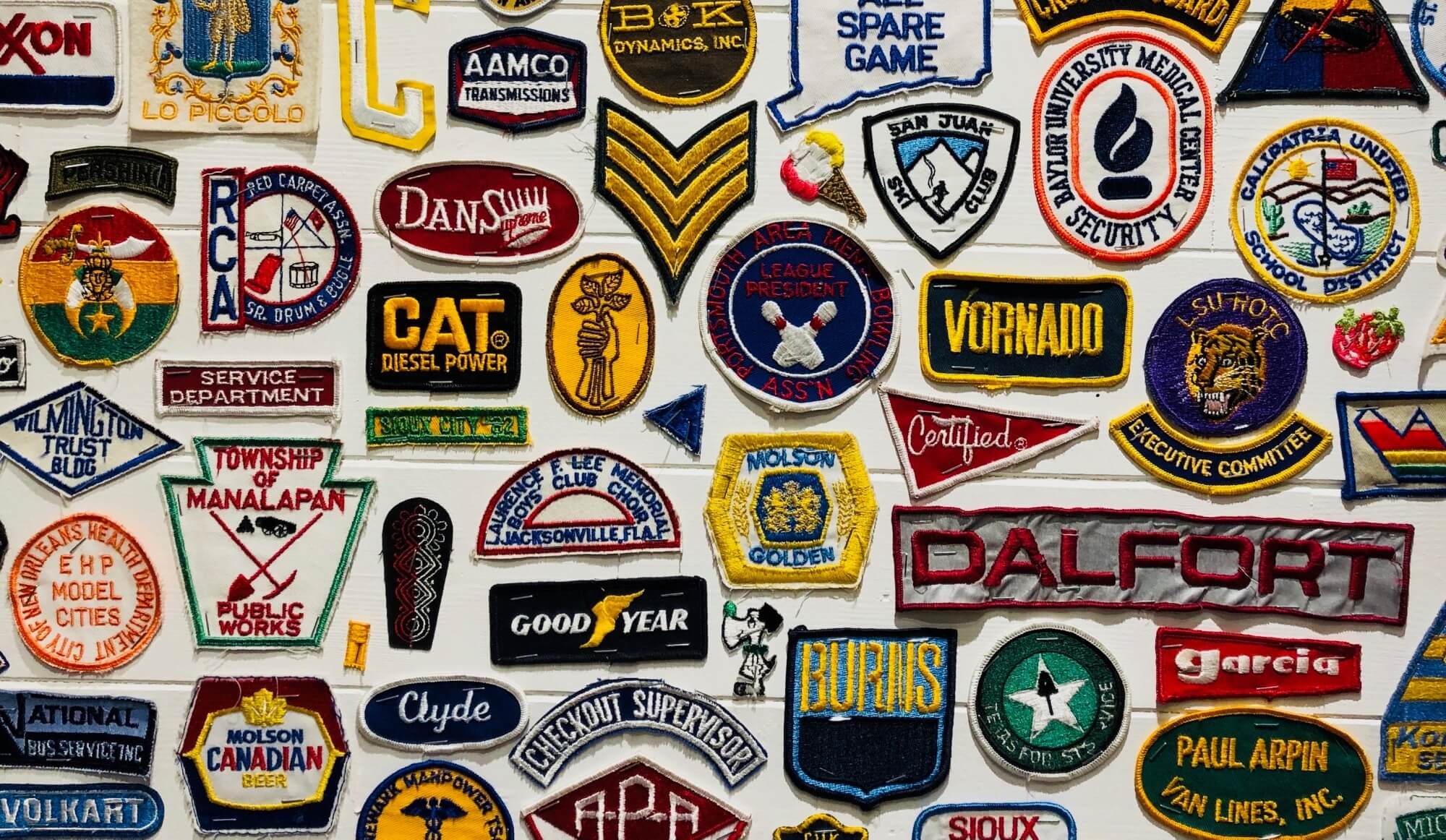



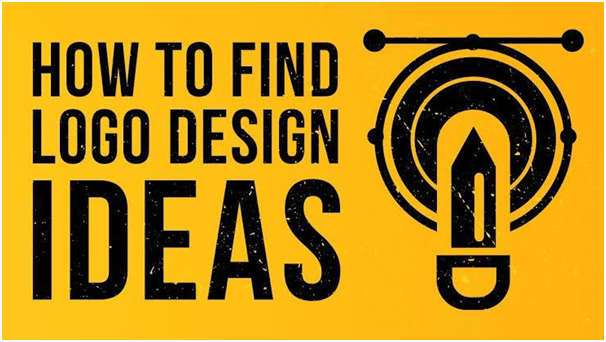
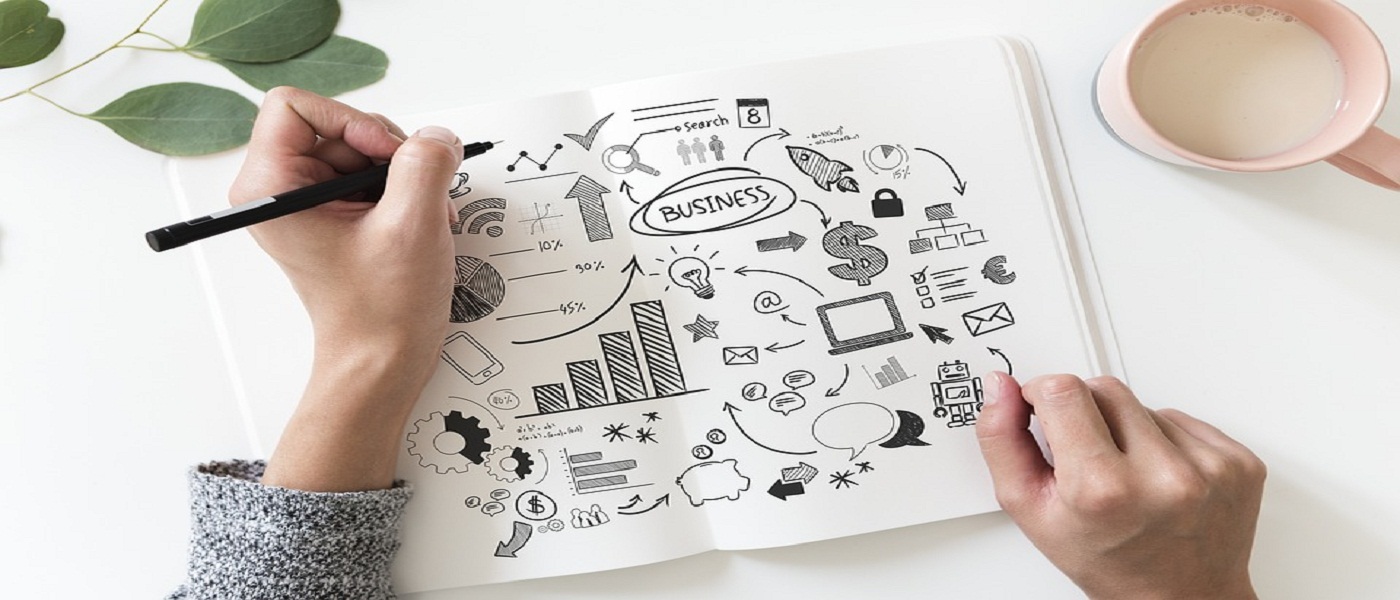
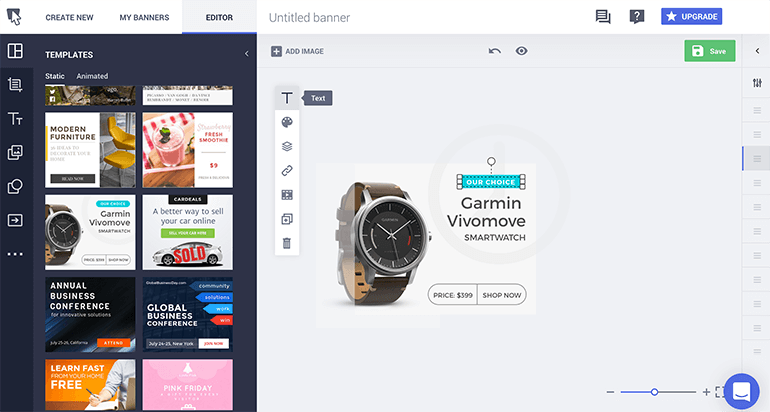

[…] How to Protect Your Brand Design in 2019 […]